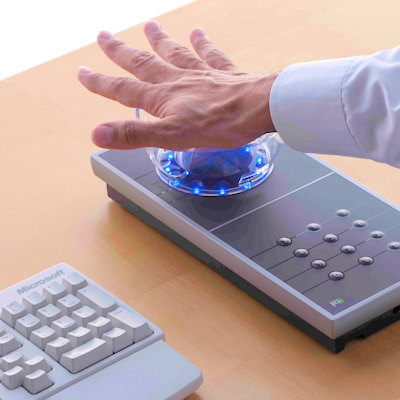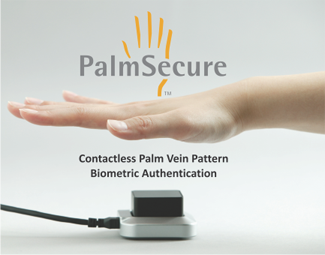With the innovative palm vein technology developed by Fujitsu, it’s time you forget about photo IDs, signatures, voiceprint, fingerprint, facial recognition or iris scan security technologies. This new authentication technology offers a lot of advantages over the other biometric technologies.
What is Palm Vein Technology?
Palm vein authentication technology makes use of the patterns of blood vessels as an identifying factor. This is one factor that is not easy to imitate since these veins are inside an individual’s body. This technology is highly reliable and secure with a high accuracy level. In fact, it is perceived to be less intrusive than the present biometric systems, which safeguard against fake financial transactions, bank card thefts, and unauthorized entries.

How does it Work?
To start with, the individual has to rest his wrist on a device such that his palm is at a position that is a few centimeters above the scanner. This scanner blazes a near-infrared light on the palm. This light passes through the skin, but then the deoxygenated hemoglobin in the blood that flows through the veins absorbs these rays, thus illumining the hemoglobin. Now, this becomes visible to the scanner. The capillaries and arteries are invisible to the sensor since the blood here has oxygenated hemoglobin that does not absorb these rays. The camera now captures a still image, which takes pictures in the near-infrared range and looks like a black network due to the reflection of the veins across the palm’s lighter background.
The individual’s palm image thus captured is transformed into data points by algorithms, which is later compressed, coded, and stored along with the respective person’s profile for future reference and comparison. Thereafter, every time the person has to log in by scanning his palm. This scanned image is compared to the reference image for authentication before granting him access to his account. The entire verification process is done within a few seconds.
This will greatly help in safeguarding mails & all personal docs
Is the Technology Secure?
Fujitsu conducted a research on this technology by testing it on around 70,000 people and declared that this system delivered the following results- a FRR (False Rejection Rate) of 0.01% (just 1 out of 10,000 tests were wrong denials for access) and a FAR (False Acceptance Rate) of below 0.00008% (1 out of over a million scans were wrong approvals for access).

If an individual has registered his/her right hand image, he/she can’t access with left hand, since the patterns of the two hands are entirely different. Overall, this is supposed to be a highly reliable technology when compared to the other biometric technologies for authentication since no two people in the world share identical veins (even if they are twins).
Applications
The most significant use of palm vein authentication technology is in the security systems that grant access to ATMs and other banking transactions. They also find applications in server logins, door entry authorization, highly secure areas of airport, and any other place where security is on top priority.
Fujitsu is continuing its research on palm vein technology and is looking forward to shrinking the scanner size so as to fit inside a cell phone, and other similar handheld gadgets. And, when that really happens, this groundbreaking technology will change majority of the gadgets in the upcoming years for good.
It will also tremendously help in improving the safety levels of emails, personal documents, and all the important financial information such as credit card numbers. So, let’s hope that Fujitsu manages to come up with something really fantastic at the earliest.
